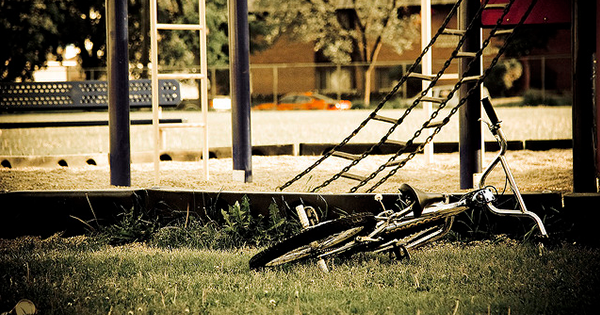
Homer is a town where you can be listening to the broadcast of the Monday night city council meeting on the radio, hear an issue you have an opinion about, and drive to city hall in time to testify about it. Government is accessible in a way that was completely foreign to me when I first moved here.
I grew up just outside the Beltway in the suburbs of Washington, D.C. Government was everywhere—just a walk or subway ride away—yet it still felt out of reach, a world apart. I remember my mother taking me to a Roy Rogers restaurant near our house when I was a kid, how we would sit in the windows and watch the massive building project across the street: the construction of the 20-story headquarters of the federal Nuclear Regulatory Commission. The building would tower over its surroundings during my childhood, yet I never went inside.
A few years ago in Homer, a group of parents, a few city employees, and some of the most die-hard community-minded people in town met at Homer’s largest playground. We were there to discuss what to do about its deteriorating condition. Yellow “caution” tape surrounded some of the 15-year-old pieces of play equipment. Structures were wobbly but standing. Red paint peeled off others. A few weeks before, I had been pushing my toddler daughter on the tire swing when a thread of metal wire protruding from the tire pricked my finger and drew blood. I suddenly understood what “steel-belted” meant. Out of that meeting, a group of volunteers headed up a project to raise funds and coordinate the construction of a new playground. Within a year, we’d raised $260,000—mostly locally—and put 600 people to work to build the playground in eight days. That playground is in use every day of the year, and I’m there with my daughters just about weekly.
I’m helping out with another community project now—this one to build a new pavilion at the edge of our harbor. Although the harbor area is one of the busiest spots in our community, there’s no place to get out of the weather or to gather a group of people or to stage your gear under cover before heading out across the bay. So, when the city dismantled the old harbormaster’s office and built a new one on the far side of the harbor, a group of community residents raised the idea of reserving the now-empty gravel pad for a pavilion. And we offered to find the funds and make it happen.
Now I find myself poring over architectural designs, speaking at Port and Harbor Advisory Commission meetings, sending out dozens of donation requests, and getting well-acquainted with the workings of cruise-ship head-tax legislation.
I like living in a place where if you dream it up, you might actually be able to get it done. The success of the harbor project is particularly encouraging because, with the nosedive in the price of crude oil, the state of Alaska is in a deep fiscal crisis. But still, people and businesses give money to the kinds of projects that may not change the world but have a significant effect on daily life.
This harbor project is more like a barn raising than a government endeavor. The plan is to pour concrete footers this fall. When the new pavilion is up next summer, I’ll be out there with my daughters taking a break after riding our bikes on the trail around the harbor. It will be a very nice waypoint before the girls start begging me to buy them a treat from the new gelato place across the street.

